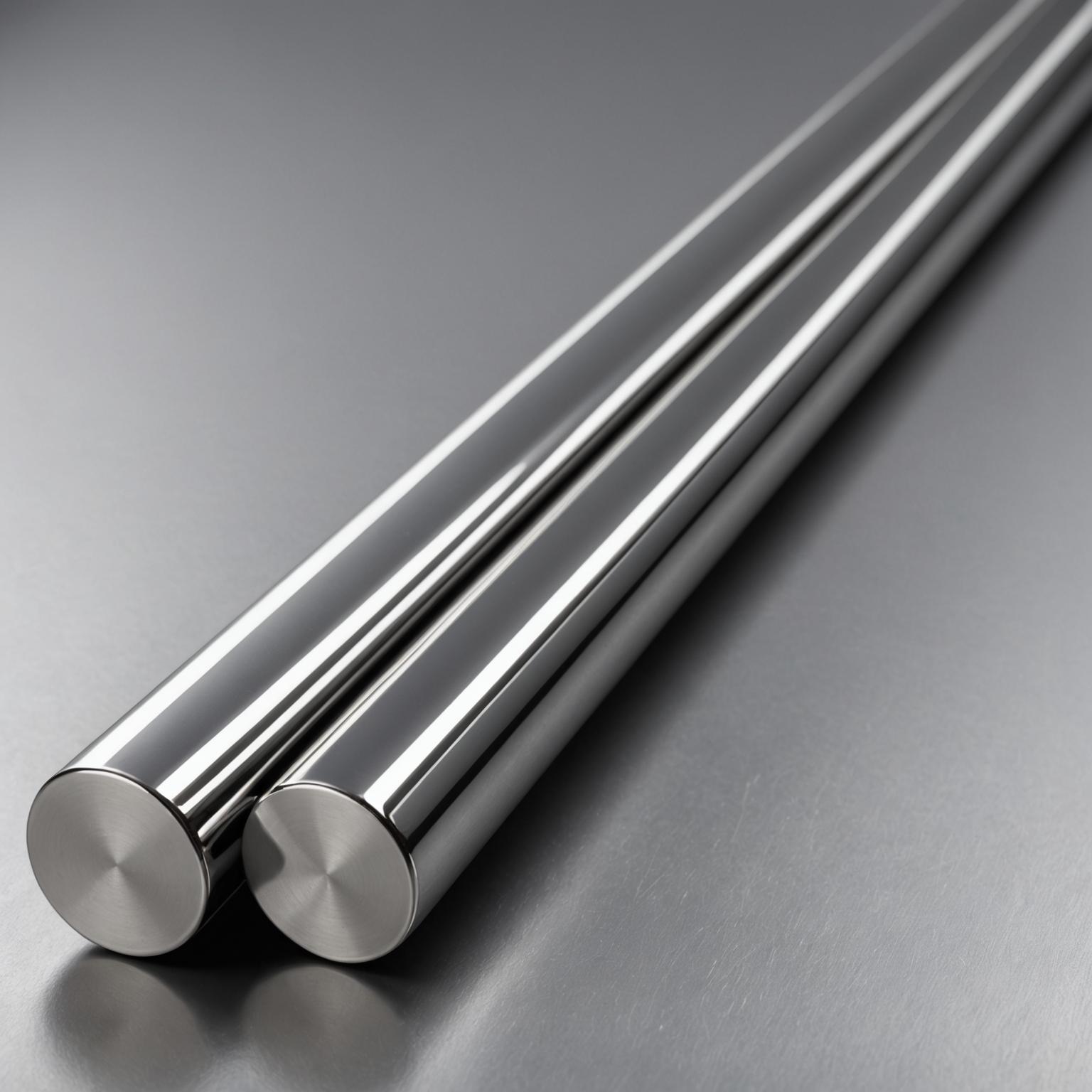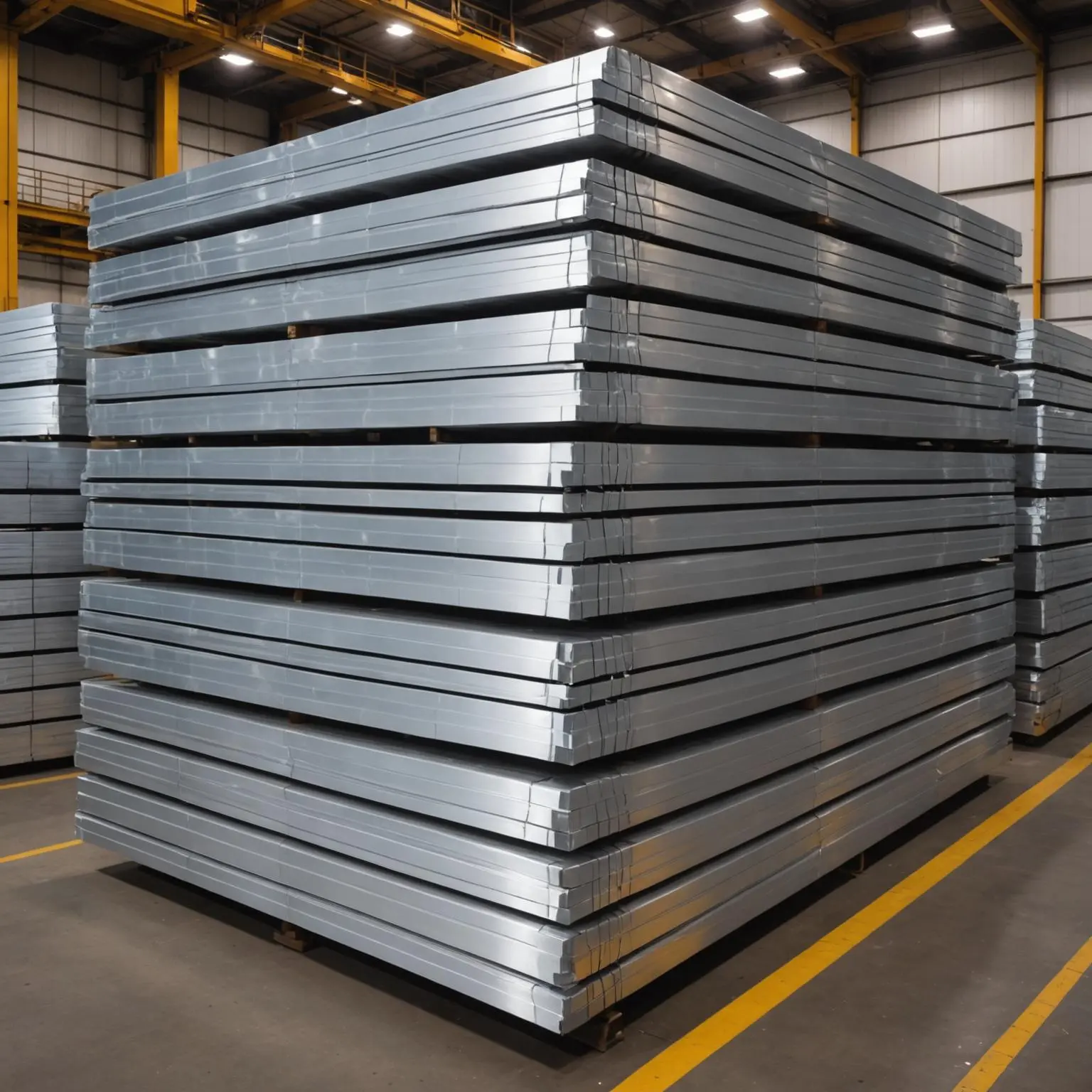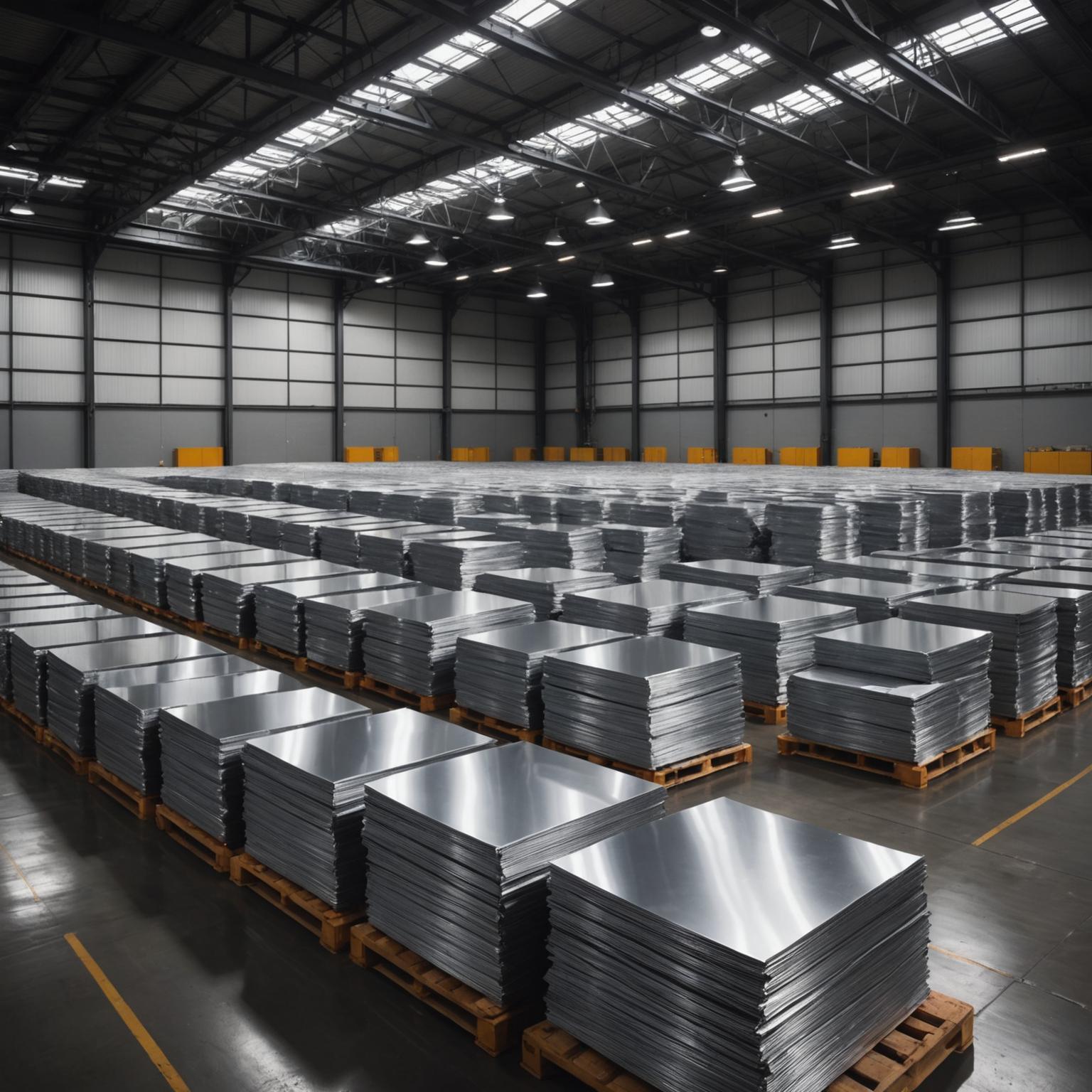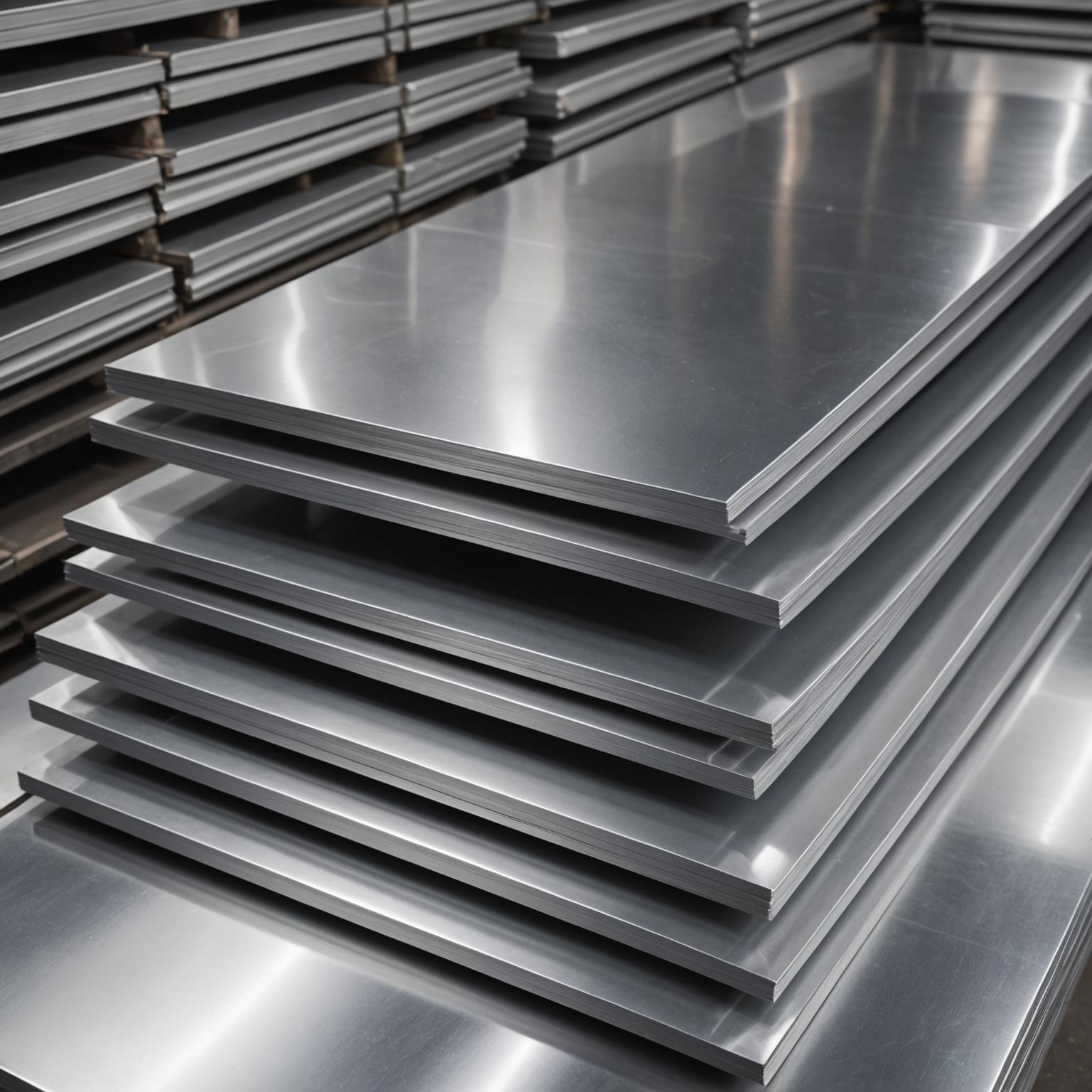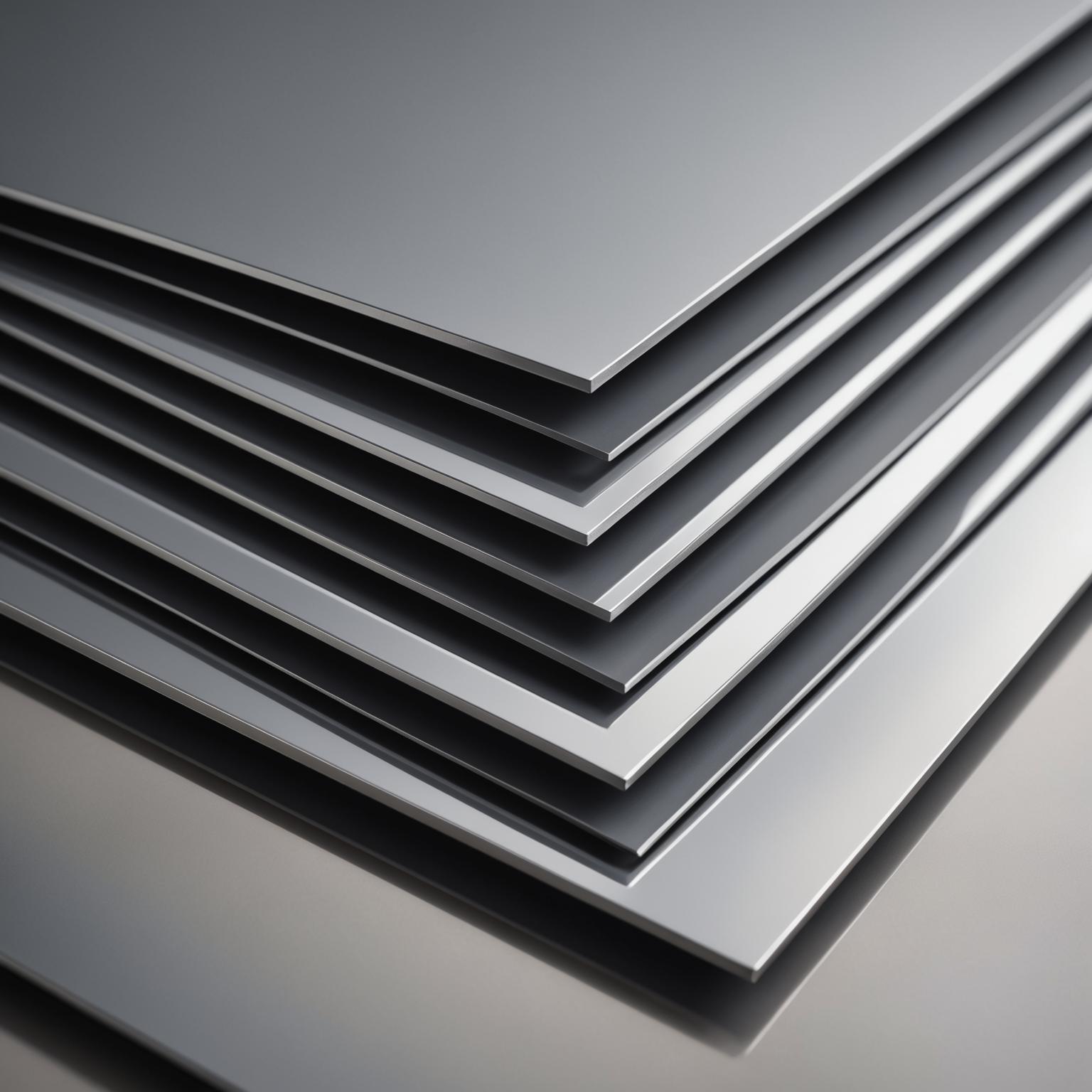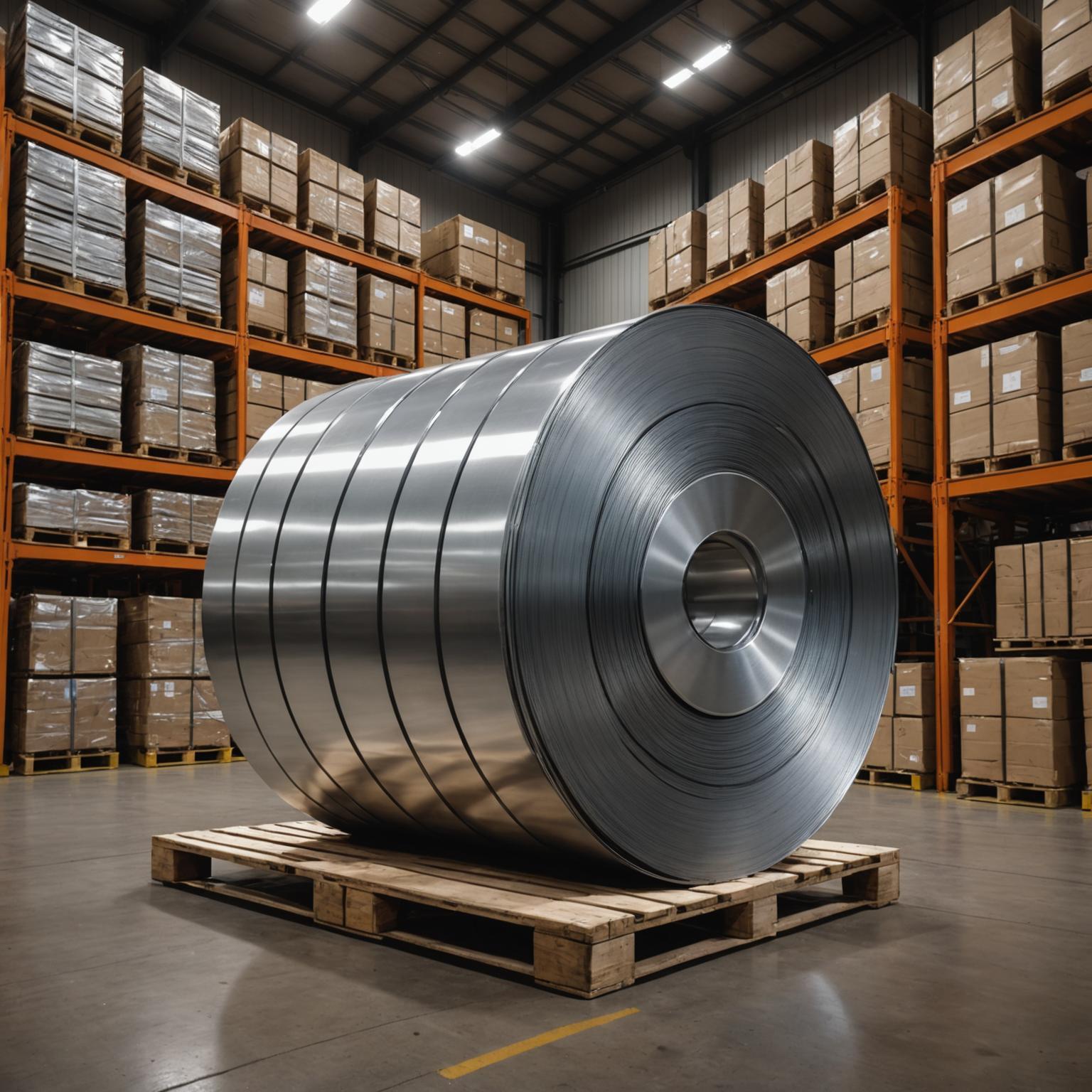Choosing the right material for any project, whether it's for industrial, commercial, or residential purposes, is a critical first step. When working with stainless steel, one of the most important decisions you'll make revolves around a single question: How to Choose the Right Stainless Steel Sheet Thickness? This choice impacts everything from the project's structural integrity and durability to its final cost and aesthetic appeal. Selecting an inappropriate thickness can lead to performance failures, budget overruns, or a finished product that doesn't meet expectations. This guide will walk you through the essential factors to consider, ensuring you make an informed and effective decision for your specific application.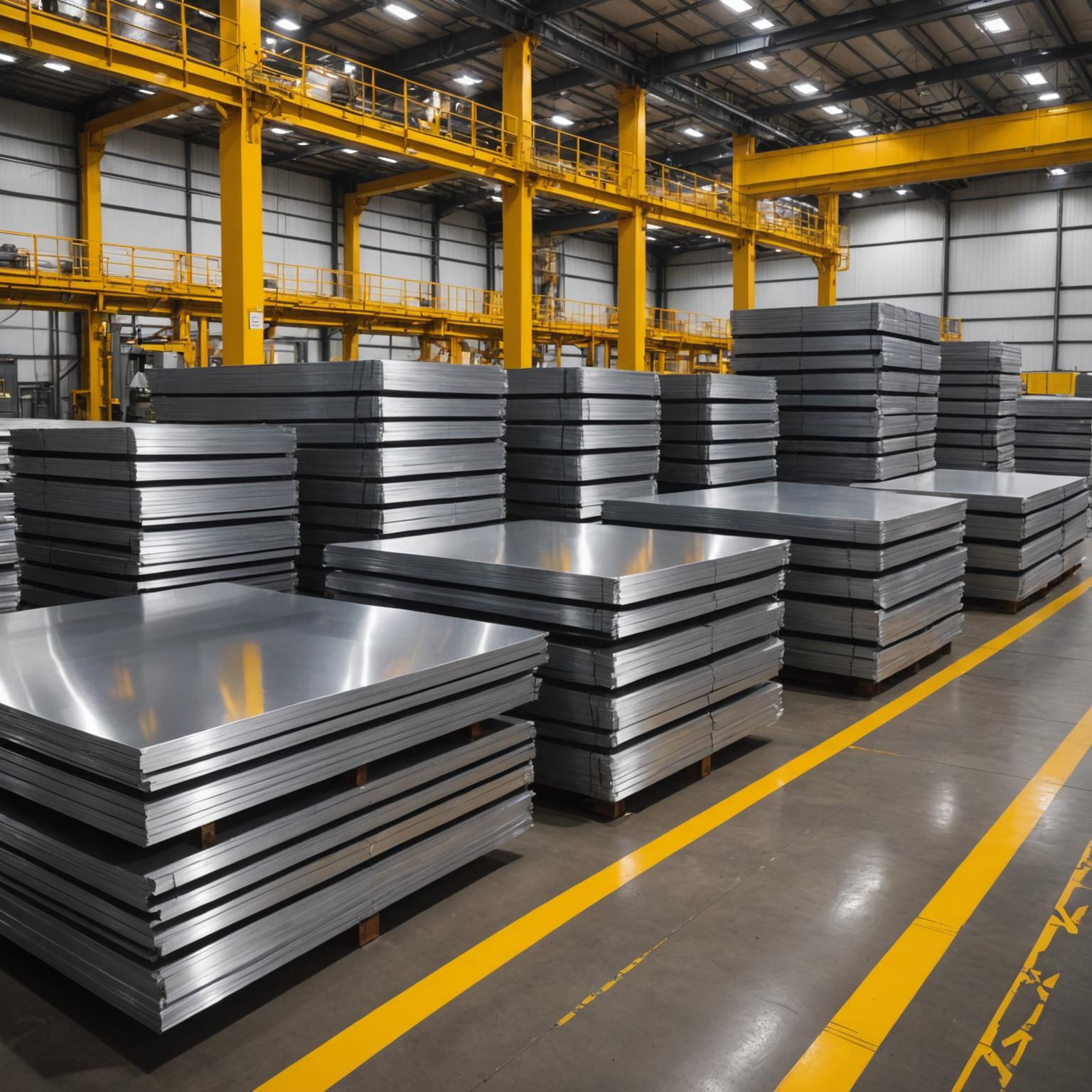
Understanding Gauge and Thickness
Before diving into the factors, it's crucial to understand how stainless steel sheet thickness is measured. The industry standard is the gauge system. A common point of confusion for newcomers is that the gauge system works in reverse: the lower the gauge number, the thicker and heavier the sheet of steel. For instance, a 10-gauge stainless steel sheet is significantly thicker and more robust than a 20-gauge sheet. A 10-gauge sheet is approximately 0.1345 inches thick, while a 20-gauge sheet is much thinner at about 0.0359 inches. This counterintuitive relationship is fundamental to specifying the correct material. Always double-check a gauge chart to correlate the gauge number with its exact thickness in inches or millimeters to avoid any costly misunderstandings during the procurement or fabrication process.
Structural Requirements and Application
The primary determinant for thickness is the application itself and the structural load the sheet must bear. If the stainless steel sheet will be a load-bearing component, such as a support bracket, a work surface in an industrial kitchen, or part of a structural frame, a thicker, lower-gauge steel is necessary. You must consider factors like potential weight, impact resistance, and the ability to resist bending or flexing under stress. Conversely, for purely decorative applications like a wall panel, a kitchen backsplash, or trim, a thinner, higher-gauge sheet is often sufficient and more cost-effective. These applications prioritize appearance over strength, and a thinner sheet is lighter and easier to install.
Fabrication and Formability
How you plan to work with the steel is another critical consideration. The thickness of a stainless steel sheet directly affects its formability. Thinner sheets (higher gauge) are much easier to bend, cut, roll, and shape into complex designs. They require less force and less powerful machinery, making fabrication simpler and often less expensive. If your project involves intricate curves or sharp bends, a thinner gauge will be your ally. On the other hand, thicker sheets (lower gauge) are rigid and resistant to forming. They demand heavy-duty equipment like powerful press brakes and shears for cutting and bending. Welding thicker materials also requires more expertise and energy to ensure proper penetration and a strong, lasting bond, while thinner sheets carry a risk of warping or burn-through if not welded carefully.
Environmental Exposure and Durability
While stainless steel is known for its excellent corrosion resistance, the severity of the operating environment can influence the ideal thickness. In highly corrosive settings, such as marine environments with saltwater spray, chemical processing plants, or outdoor applications with constant exposure to the elements, a thicker sheet can provide a longer service life. Although the grade of stainless steel (e.g., 304 vs. 316) is the main factor in corrosion resistance, a thicker material provides a greater buffer against gradual surface degradation over many years. For indoor or controlled environments, this is less of a concern, and thickness can be determined more by structural and aesthetic needs.
Aesthetics and Cost Considerations
Finally, the desired look and your budget play a significant role. Thicker stainless steel sheets often convey a sense of quality and permanence. For large, flat surfaces like countertops or architectural panels, a thicker sheet is less likely to suffer from 'oil canning,' a visual distortion or waviness that can occur in thinner materials. This provides a flatter, more premium appearance. However, this premium look comes at a price. The cost of stainless steel is heavily influenced by its weight, so thicker sheets are naturally more expensive. The increased weight also adds to shipping and handling costs. Therefore, it is essential to balance the technical requirements and desired aesthetics with the project budget. Answering the question of 'How to Choose the Right Stainless Steel Sheet Thickness?' involves a careful balancing act, but avoiding over-engineering by choosing a sheet that is excessively thick for the job is a key way to manage costs effectively without compromising the quality of the final result.



